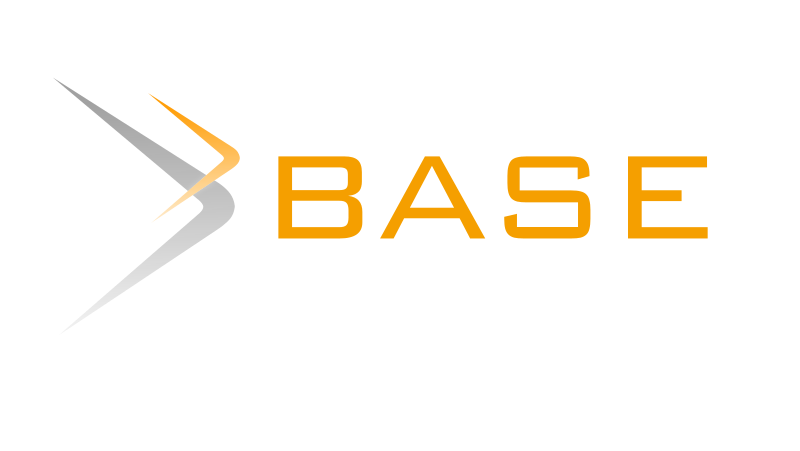Sanksi Hukum Penghinaan Terhadap Orang yang Sudah Meninggal Melalui Media Sosial di Indonesia
Abstract
Currently, advances in information technology, globalization and electronic media are increasingly spreading in various fields of public life. This progress with the existence of an internet network is very easy to operate through the media, namely electronic media. The existence of it makes it easy for humans to do various things such as exchanging various information that can be obtained quite easily, and low cost. Therefore, people can do negative things that are not supposed to be done for their personal interests. This study aims to explain the legal arrangements for insulting people who have died and to explain criminal sanctions for criminal acts of humiliation through social media for those who have died. This research was designed using normative legal research methods, with a conceptual problem approach and a case approach. The data sources used are primary, secondary and tertiary legal data sources. Data were collected by recording, quoting, reading, and summarizing the literature referring to changes in gender status in Indonesia. After the data is collected, it is then analyzed systematically and relates it to legal materials. The result of this study indicates that Articles 320 and 321 of the Criminal Code will be used as the legal basis for a type of insulting act and Article 27 paragraph 3 of the ITE Law will be used for the basic purpose of a media that has been used. Furthermore, cases of insulting a deceased person can be subject to imprisonment for six (6) months as is the content of Article 446 paragraph I of the Draft Criminal Code but the legal process cannot proceed if there is no reporting from the family concerned.
References
Ahnaf, M. I., & Suhadi. (2014). Isu-isu Kunci Ujaran Kebencian (Hate Speech): Implikasinya terhadap Gerakan Sosial Membangun Toleransi. Jurnal Multikultural & Multireligius, 13(3), 15–25. https://jurnalharmoni.kemenag.go.id/index.php/harmoni/article/view/120
Andi, H. (1985). Delik Penyelundupan Cetakan Kedua (CV. Akadem). Jakarta. https://opac.perpusnas.go.id/DetailOpac.aspx?id=493936
David. (2020). Faktor Penyebab Pelaku Melakukan Ujaran Kebencian (Hate Speech) dalam Media Sosial Tinjauan Kriminologis. 3(3). https://jurnal.untan.ac.id/index.php/jfh/article/view/41641
Hadjon, P. M. (1993). Penghantar Hukum Administrasi. University Press. https://opac.perpusnas.go.id/DetailOpac.aspx?id=413213
Permatasari, I. A., & Wijaya, J. H. (2019). Implementasi Undang-Undang Informasi dan Transaksi Elektronik dalam Penyelesaian Masalah Ujaran Kebencian pada Media Sosial. Jurnal Penelitian Pers Dan Komunikasi Pembangunan, 23(1), 27–41. https://doi.org/10.46426/jp2kp.v23i1.101
Prodjodikoro, W. (1989). Arns- Asas Hukum Pidana. Lombok: PT. Erecos. https://onesearch.id/Author/Home?author=Dr.Wirjono+Prodjodikoro.SH
Rahmawati, Novi, Syarin, Alvin, Mulyadi, & Mahmud. (2017). Rahmawati Harefa, Novi 2017, Implikasi Perubahan Undang-Undang lnformasi dan Transaksi Elektronik Terhadap Tindak Pidana Ujaran Kebencian (Hate Speech Jurnal Hukum. Jurnal Mahupiki, 1(1). https://garuda.ristekbrin.go.id/author/view/356256
Satrio. (2005). Gugat Perdata Atas Dasar Penghinaan sebagai Tindakan Melawan Hukum. Jakarta: Cita Aditya Bakti. https://onesearch.id/Record/IOS3928.INLIS000000000010436
Sudarto. (1990). Hukum Pidana Islam. Semarang: Yayasan Sudarto.
Sumenge, M. M. (2013). Penipuan Menggunakan Media Internet Berupa Jualbeli Online. Jurnal Lex Crimen, 2(4), 102–112. https://media.neliti.com/media/publications/3063-ID-penipuan-menggunakan-media-internet-berupa-jual-beli-online.pdf
Waluyo, B. (2002). Penelitian Hukum Praktek. Sinar Grafika. https://scholar.google.co.id/citations?user=9k3XrqMAAAAJ&hl=en
Willya, E. (2018). Senarai Penelitian Islam Kontemporer Tinjauan Multikultural. Yogyakarta: Deepublish. https://opac.perpusnas.go.id/DetailOpac.aspx?id=1143519
 Abstract viewed = 291 times
Abstract viewed = 291 times
 PDF downloaded = 2661 times
PDF downloaded = 2661 times










